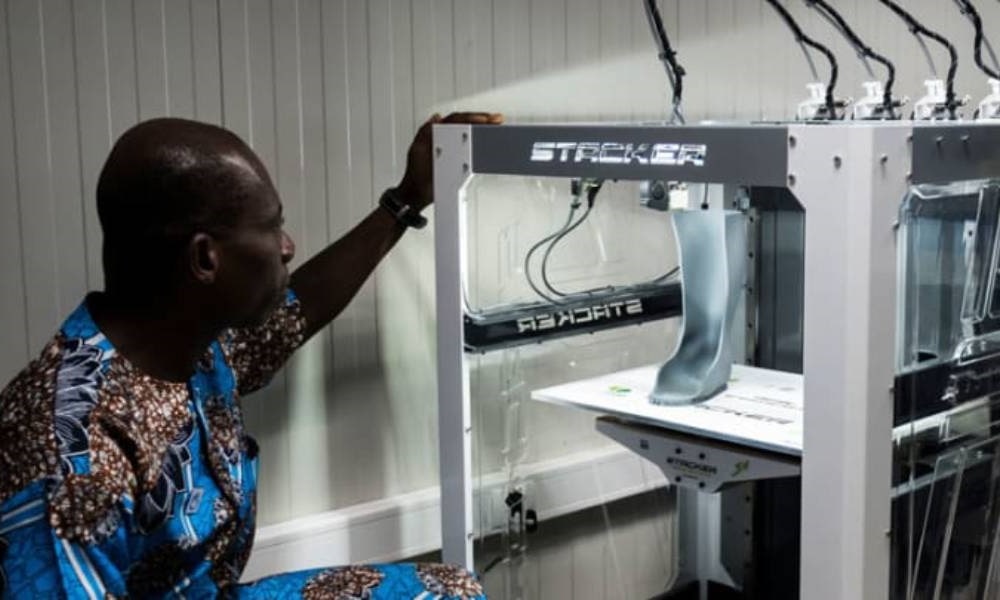What about 3D printed orthoses?
Posted By Lucie Gaget on May 15, 2019 | 0 comments
3D printed prosthetics, 3D printed casts, there is no doubt: additive manufacturing offers new possibilities to create custom-made devices in the medical sector. Today, we are going to focus on how 3D printing can be a good way to manufacture orthoses.
What are the advantages of these 3D printed orthoses? How could it help people in countries with low-income? Let’s discover a study recently published by Handicap International about orthoses and 3D printing.
Why 3D print orthoses?
A brand new research has been done by Handicap International to check if additive manufacturing could be a new alternative to traditional orthoses. 3D printed devices, made using Fused Deposition Modeling (FDM) process, appears to be an alternative, but these orthoses are still too heavy and less durable.
However, by using professional 3D printing process, additive manufacturing might soon become a real revolution to manufacture these kinds of parts. We are going to see the advantages revealed by this study made by Handicap International.
A solution for remote areas?
There is an estimation of 30 million people in low-income countries needing a prosthetic limb or orthotics. A solution has to be found, and additive manufacturing could be a part of it. These areas are suffering from a lack of trained personnel and have really limited access to orthopedic devices. That is why, for this study, 3D printed orthoses and traditional ones have been sent to Niger, Togo, and Mali, in order to see if additive manufacturing could be helpful in this situation.
The first advantage we can see about 3D printed orthoses is that the process to manufacture them is way more adapted for remote areas. Indeed, people can have their limb 3D scanned in centers, 3D scans can be sent to be 3D printed in almost 24 hours. Then some final touches can be added in the initial orthopedic center. This whole process would actually be cheaper.
Whereas to manufacture traditional orthoses, people have to go in specialized clinics, and it appears to be quite complex for a lot of people living in remote areas. Moreover, the process can be a little bit longer and more expensive.
Getting custom-made 3D printed orthoses
3D printing orthoses is a way to get devices totally adapted to the morphology of the patient and really adapted to his needs. That is precisely why additive manufacturing is more and more used in the medical sector. By using a 3D scan of the leg of the patient, it is possible to create a medical device perfectly adapted to him.
It is also a way to work on the aspect of the orthosis and to get a finish that will please the patient.
For the moment, a few problems still have to be solved. 3D printers have to be simple to use, so more people can use it in dedicated centers. Moreover, FDM is maybe not the best 3D printing process to use to create durable orthoses. In the upcoming years, this process could be tested with other 3D printing techniques, and additive manufacturing could become a real revolution to create orthoses and other prosthetics in remote areas!
Subscribe to our newsletter to get more blog post about all the different 3D printing applications.
Do you have a 3D printing project? Contact our sales team, or upload your 3D file on our online 3D printing service.


 Connect with Google
Connect with Google Connect with Facebook
Connect with Facebook